The EV You Don’t Plug-in
When Clean Fleet Report twice reviewed the 2017 Toyota Mirai, we found it to be a comfortable riding midsize sedan that gets excellent fuel economy. You can read our reviews here and here.
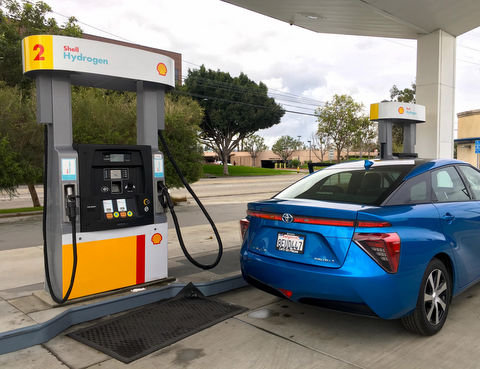
Performance was good, with a near silent driving experience coming from the hydrogen-powered electric motor. Back then the only real challenges with owning a Mirai were the hydrogen fueling station availability, and the cost of hydrogen, at about $13-$16 per kilogram, which equates to about $5-$7 per gallon of gasoline. Toyota is sensitive about this cost, so with a purchase or lease they include a pre-loaded, $15,000 fuel card for their customers, which is the equivalent of about three years’ worth of hydrogen gas at 12,000 miles per year.
The 2019 Toyota Mirai FCEV (fuel cell electric vehicle) remains a California-only car. In 2017 you could only lease a Mirai, but now in 2019, you can also own one. When first launched, Toyota was controlling ownership because, with the hydrogen fuel cell technology being so new, they wanted to keep a close eye on who had one and how they were performing. Thus, the early drivers became a laboratory on wheels.
We recently had the opportunity to drive the 2019 Toyota Mirai for a refresher on this viable alternative to a plug-in electric or gasoline-powered car.
The 2019 Mirai Experience
Even with consumer ownership of a hydrogen fuel cell car having been proven to be safe and reliable, there still are a couple unique considerations to owning a Mirai in the Golden State. You will want to live near one of the eight Mirai dealers and near one of the 35 public hydrogen fueling stations.
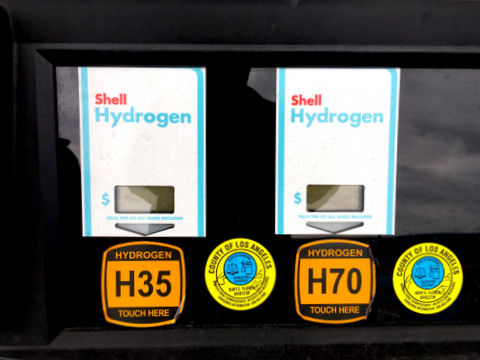
With four dealers each in Northern and Southern California, and those being grouped in the heavy population areas, the dealer experience will be far different than any other car you have owned. Not bad, just different. The second 2019 consideration is the need to live near one of the 35 hydrogen fueling stations in the Golden State, which are mapped here.
The California dealers traveling, south to north: Tustin, Orange, El Monte, Santa Monica, San Jose, Sunnyvale, San Francisco and Roseville. So, from this list you can see the San Francisco Bay Area, Sacramento, Los Angeles and Orange counties are well-served. But what about the rest of you?
This is where it might get tricky, as Toyota may strongly suggest (maybe even discourage) you from buying a Mirai if you do not live close to a Mirai dealer. But what about fueling?
The 2019 Toyota Mirai is EPA rated at 67 MPGe, or miles per gallon equivalent. MPGe is a measurement of how efficient a car powered by electricity is, using the same amount of energy as is contained in one gallon of gasoline. You can use MPGe to compare to other electric vehicles.
The high fuel economy, the 35 hydrogen fueling stations in California (with more being built), will get you pretty much anywhere you need, or want, to go. The best source for locating a hydrogen station is at the California Fuel Partnership. Here you will find stations listed as being online, temporarily down for maintenance or under construction. With the current operating stations, you can drive from Reno, Nevada to the Sonoma and Napa wine regions, and to the US/Mexico border. Not bad at all. Since the stations are all automated (there are no attendants onsite), you can fill 24/7/365 and be on your way.

As an example, if you lived in San Diego County there are no Mirai dealers, but there are two hydrogen fueling stations. With the Mirai having a conservative 250-mile driving range, it would seem a safe bet that you could live anywhere in San Diego and have no issues with access to fuel. Obviously if anything ever went wrong with the Mirai, getting it to an Orange County dealer could be a challenge. Hence, the Toyota dealer may qualify you in a way you have never been qualified before when buying a car.
The fueling process itself has not changed since 2017, remaining pretty straight forward and simple. If you can fill your tank with gasoline, then you will have no problems with hydrogen. Once at the station, the fueling process is explained through a video that plays on the pump, with step-by-step instructions. Quick lesson: The nozzle notches into the car, followed by the twisting of a handle to lock the nozzle in place. It can be a bit tricky, be patient, it will eventually fit. If there are two pressure options on your pump, you always want to select 70 Bar, which is 10,000 PSI. The filling will start and stop for a few seconds at a time, but a complete fill is under five minutes. When removing the nozzle you will notice it is cold. This is because the hydrogen gas is cooled to right around zero degrees Fahrenheit to increase the hydrogen’s density, which results in more gas filling the tank. That’s it!
Pricing
There has been a small base price increase from 2017 when the Mirai MSRP was $57,500. The 2019 Mirai comes in at $58,500. This price excludes the $930 delivery fee. Oh, and don’t forget the $15,000 fuel card that will reduce the overall cost of ownership.
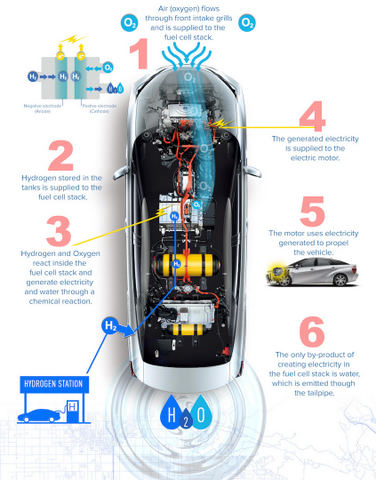
The 2019 Toyota Mirai qualifies for California incentives that can reduce your final cost. Clean Fleet Report recommends contacting your CPA before considering a Mirai purchase so you are completely clear on the tax credits. Not relying on the dealer to provide this information will serve them and you best.
Also worth noting is the Mirai qualifies for California’s coveted red car pool sticker, allowing the driver, with no passenger, to use the HOV lane. This is no small thing when trying to get anywhere on a freeway in the Golden State.
Observations: 2019 Toyota Mirai Hydrogen Fuel Cell EV
Will a 2019 Toyota Mirai fit your lifestyle and driving pattern? If you are considering buying a midsize sedan, then quite possibly it could. The Mirai drives and handles like any other car, has the performance of an electric car (which it should because it is an electric car) and gets great fuel economy. If you are comparing it to a plug-in electric car, then it has the advantage of refilling the full driving range in a matter of minutes as opposed to possibly hours.

If you live within 25 miles of a Toyota dealer that sells the Mirai, go check it out. You will be impressed with the ride and performance on this car with a proven technology that just isn’t too common on the road…yet.
Whatever you end up buying, enjoy your new car and as always, Happy Driving!
Make sure to opt-in to the Clean Fleet Report newsletter (top right of page) to be notified of all new stories and vehicle reviews.
Related Stories You Might Enjoy—Other Fuel Cell News & Reviews
News: Toyota Mirai Passes 3,000 Sales
News: Hyundai Nexo FCEV Goes on Sale
Road Test: 2017 Toyota Mirai (Steve’s view)
Road Test: 2017 Toyota Mirai (John’s view)
Road Test: 2017 Hyundai Tucson FCEV
First Drive: 2017 Honda Clarity Fuel Cell Electric
News: 2019 Hyundai Nexo FCEV
News: 2016 Toyota Mirai Seeks To Be the Prius of Fuel Cells
First Drive: 2016 Toyota Mirai
Disclosure:
Clean Fleet Report is loaned free test vehicles from automakers to evaluate, typically for a week at a time. Our road tests are based on this one-week drive of a new vehicle. Because of this we don’t address issues such as long-term reliability or total cost of ownership. In addition, we are often invited to manufacturer events highlighting new vehicles or technology. As part of these events we may be offered free transportation, lodging or meals. We do our best to present our unvarnished evaluations of vehicles and news irrespective of these inducements.
Our focus is on vehicles that offer the best fuel economy in their class, which leads us to emphasize electric cars, plug-in hybrids, hybrids and diesels. We also feature those efficient gas-powered vehicles that are among the top mpg vehicles in their class. In addition, we aim to offer reviews and news on advanced technology and the alternative fuel vehicle market. We welcome any feedback from vehicle owners and are dedicated to providing a forum for alternative viewpoints. Please let us know your views at publisher@cleanfleetreport.com.

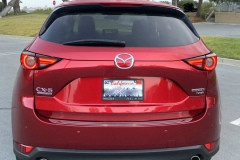
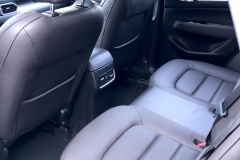
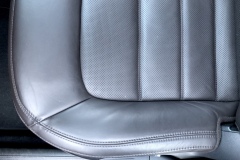
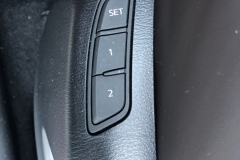
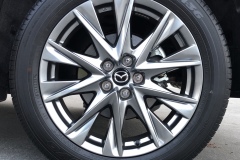
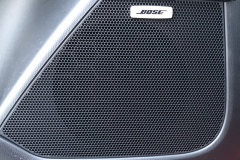
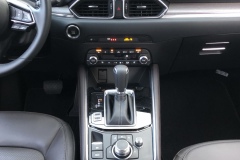
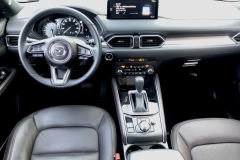
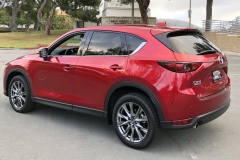
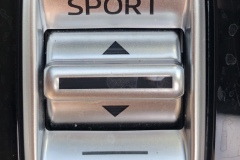
I have driven a Mirai from Riverside CA to Las Vegas and back. We arranged a mobile Cascade fill unit to juice us up for the return. I am happy to have found clean fleet report. I have much to share and to ask.
@James Dole,
Great to hear from you. And we can’t wait to hear more. We’ll be in touch. –ed.
$15K hydrogen fuelcost rolled into the vehicle. Why didn’t the author be more honest & quote the $12 to $15 per liter cost of hydrogen once you blown through the included amount? Or the fact that 90% of hydrogen is reform from fossil fuels, as opposed to the manny ev owners using the solar on their roof. Call me when Toyota includes a free reformer that I can keep in my garage. And let’s not forget that even the fuel tank is a consumable that has to be replaced, as is the massively expensive Platinum stack, and they high pressure fuel lines that become embroiled the longer they are exposed to hydrogen. Next time – don’t just print ½ of the story.
@G hill,
You may have read past John’s discussion of fuel cost and issues for this fledgling car. It’s the price you pay for being on the cutting edge of technology. One-third of the hydrogen in California, where most of the fuel cars are, has to come from renewable sources by law (just like your rooftop solar and about par with the percentage of electricity in the state that comes from renewable sources), so your numbers are off by a bit. But the bigger point is–why are you arguing against a zero emission vehicle? It doesn’t sound like you drive a Hummer! We embrace all fuel efficient technologies here at Clean Fleet Report. We’ve got to move the needle every way we can–with vehicles and fuel. Hope you’re on board with that. –ed.